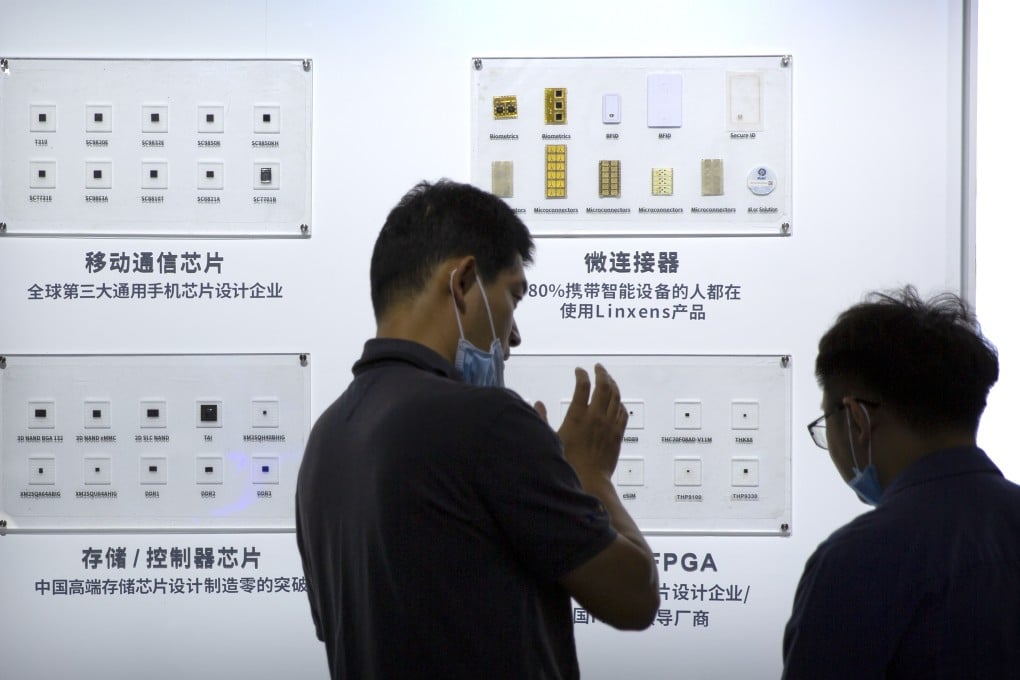Advertisement
China ‘two sessions’ 2021: Beijing shifts country’s basic research and development, tech innovation into overdrive
- The move follows the approval of the country’s 14th five-year plan and Vision 2035 development strategy
- China will raise tax deductions for research and development expenses of manufacturing firms up to 100 per cent
Reading Time:4 minutes
Why you can trust SCMP
4

China will step up scientific research and development over the next five years and beyond, after the country’s top legislature approved on Thursday an ambitious national policy blueprint to become a world-leading power amid a broad trade and tech rivalry with the United States.
Premier Li Keqiang vowed to pursue institutional reforms and introduce tax incentives to boost the country’s basic research and development (R&D) initiatives, which lag behind those in the US and other developed economies, after the country’s 14th five-year plan and Vision 2035 development strategy was endorsed by nearly 3,000 delegates of the National People’s Congress (NPC).
He made the commitment at the conclusion on Thursday of the “two sessions”, the annual gathering of the NPC and the Chinese People’s Political Consultative Conference in Beijing. This year, China will raise tax deductions for R&D expenses of manufacturing firms to 100 per cent, up from 75 per cent covering all industries, he said.
Advertisement
“Our R&D spending as a percentage of GDP is still of a modest amount, especially in terms of basic research,” Li said at a press conference. “We will continue to increase spending on basic research. We will also carry out institutional reforms regarding scientific and technological innovations.”
The sharpened focus on basic research and development to drive more home-grown tech innovation forms an integral part of the latest five-year plan, which spells out the country’s economic goals for 2021 to 2025. That is also expected to provide a strong foundation for Vision 2035, which President Xi Jinping initially mentioned in 2017 as a way for China to “achieve socialist modernisation” and replace the US as the world’s top economy.
Advertisement
Advertisement
Select Voice
Choose your listening speed
Get through articles 2x faster
1.25x
250 WPM
Slow
Average
Fast
1.25x
